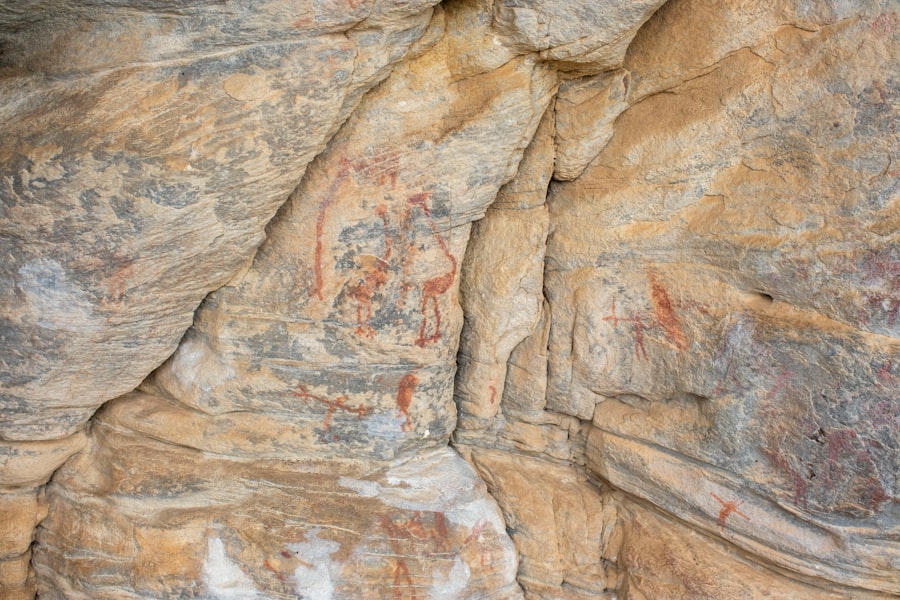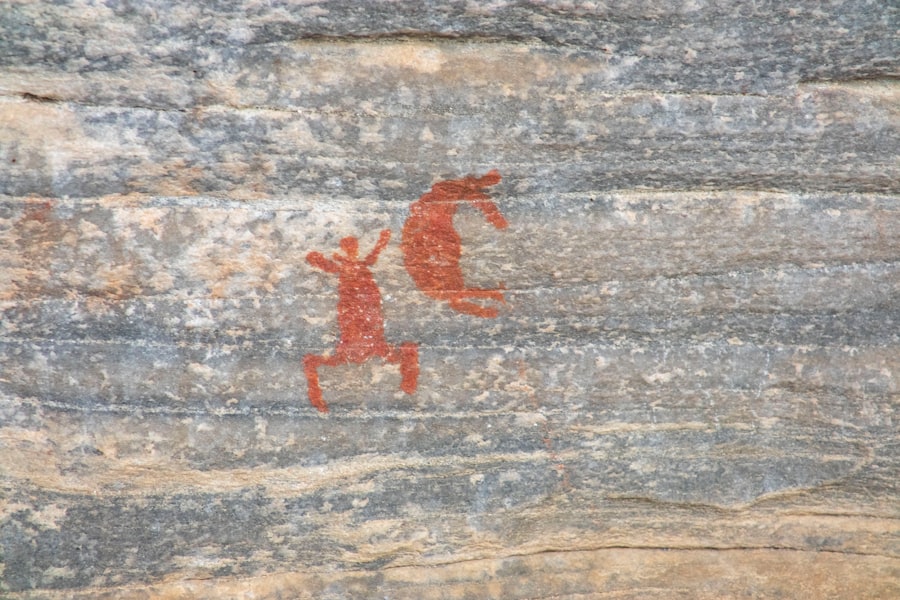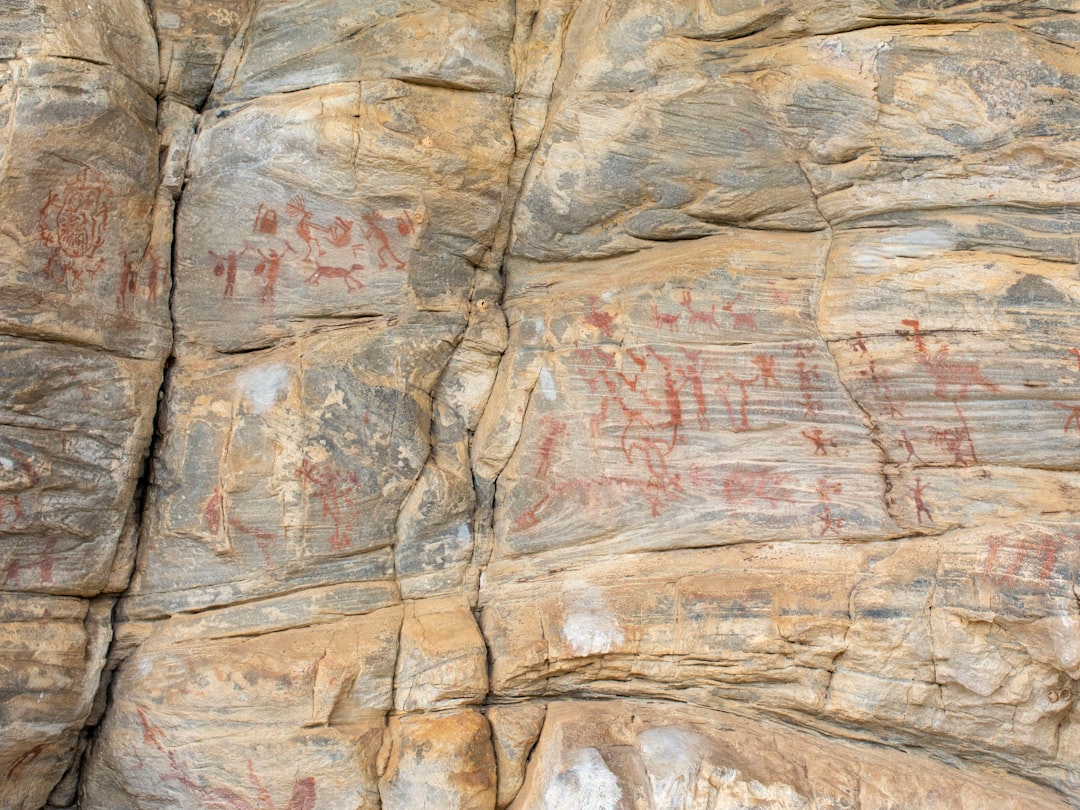The origins of humanity can be traced back to the prehistoric era, a time characterized by the emergence of Homo sapiens in Africa approximately 300,000 years ago. This period is marked by significant evolutionary developments, including the use of tools, the control of fire, and the beginnings of social structures. The earliest humans were hunter-gatherers, relying on their environment for sustenance.
They developed a range of stone tools that allowed them to hunt animals and gather edible plants, which were crucial for their survival. The mastery of fire not only provided warmth and protection but also enabled cooking, which made food more digestible and nutritious.
Evidence from archaeological sites suggests that they engaged in complex social interactions, forming small groups or bands that worked together for mutual benefit. These bands were likely composed of family units, fostering strong kinship ties that would be essential for survival in a challenging environment. The development of these social structures was pivotal, as it allowed for the sharing of resources and knowledge, which would become increasingly important as human populations grew and spread.
Key Takeaways
- Prehistoric Origins:
- Early humans originated in Africa and gradually spread to other parts of the world.
- Early Human Migration:
- Human migration was driven by factors such as climate change, population growth, and the search for new resources.
- Development of Tribal Societies:
- Tribal societies developed as a way for early humans to organize and survive in different environments.
- Impact of Environmental Factors:
- Environmental factors such as climate, geography, and natural resources shaped the development and lifestyle of tribal societies.
- Role of Language and Culture:
- Language and culture played a crucial role in shaping the identity and social structure of tribal groups.
- Interactions with Other Tribal Groups:
- Interactions with other tribal groups led to the exchange of ideas, technologies, and cultural practices, shaping the development of early human societies.
Early Human Migration
Adapting to New Environments
As these groups ventured into Asia, Europe, and eventually the Americas, they encountered diverse environments that required adaptation and innovation. For instance, the migration into colder climates necessitated the development of new clothing and shelter designs to withstand harsh winters.
Migration Routes
The routes taken by these early migrants varied widely. Some groups traveled along coastal routes, utilizing boats and fishing techniques to sustain themselves, while others moved inland through land bridges that connected continents during periods of lower sea levels. The Bering Land Bridge, which connected Asia to North America during the last Ice Age, is one such example that facilitated the movement of people into the New World.
The Emergence of Human Diversity
As these populations settled in new areas, they began to develop distinct cultures and lifestyles influenced by their surroundings, leading to a rich tapestry of human diversity.
Development of Tribal Societies

As human populations expanded and settled into various regions, the formation of tribal societies became increasingly prominent. These societies were characterized by their social organization based on kinship ties and shared cultural practices. Tribes often consisted of several extended families that banded together for mutual support and protection.
Leadership within these groups was typically informal, with elders or respected individuals guiding decision-making processes based on consensus rather than formal authority. The development of tribal societies also saw the emergence of distinct cultural identities. As groups adapted to their environments, they developed unique customs, rituals, and belief systems that reflected their experiences and surroundings.
For example, tribes living near rivers might have developed fishing techniques and water-based rituals, while those in arid regions focused on hunting and gathering practices suited to their environment. This cultural diversity was further enriched by oral traditions that passed down knowledge from one generation to the next, ensuring the survival of essential skills and beliefs.
Impact of Environmental Factors
Environmental factors played a crucial role in shaping the lives and societies of early humans. The availability of resources such as water, food, and shelter directly influenced where tribes chose to settle and how they organized their communities. For instance, fertile river valleys often became centers of early agricultural development due to their ability to support larger populations through farming.
The domestication of plants and animals marked a significant shift from nomadic lifestyles to more sedentary ones, allowing for the establishment of permanent settlements. Climate change also had profound effects on human societies throughout history. Periods of warming or cooling could lead to shifts in vegetation patterns and animal migrations, forcing tribes to adapt their subsistence strategies accordingly.
For example, during the last Ice Age, many groups relied heavily on large game hunting as their primary food source.
Such adaptations not only influenced survival but also contributed to the development of new technologies and social structures.
Role of Language and Culture
Language emerged as a fundamental aspect of human society, serving as a tool for communication and a means of expressing cultural identity. The development of complex language systems allowed early humans to share knowledge, coordinate activities, and strengthen social bonds within their tribes. As groups migrated and settled in different regions, languages evolved into distinct dialects or entirely new languages, reflecting the unique experiences and environments of each community.
Cultural practices also played a vital role in shaping tribal identities. Rituals surrounding birth, death, and significant life events fostered a sense of belonging among tribe members while reinforcing shared values and beliefs. Artifacts such as cave paintings, carvings, and pottery provide insight into the spiritual lives of these early societies.
For instance, cave art found in places like Lascaux in France depicts not only animals but also human figures engaged in ritualistic activities, suggesting a deep connection between spirituality and daily life. These cultural expressions were essential for maintaining social cohesion and passing down traditions through generations.
Interactions with Other Tribal Groups

Trade and Cultural Exchange
Trade networks emerged as tribes sought resources unavailable in their immediate environments. For example, coastal tribes might trade fish or shells with inland groups in exchange for meat or hides. Such exchanges not only facilitated access to diverse resources but also promoted cultural diffusion as ideas and technologies spread between communities.
Conflict and Competition
Conflict was another aspect of inter-tribal interactions that could arise from competition over resources or territorial disputes. Archaeological evidence suggests that warfare was not uncommon among prehistoric tribes; however, it often served as a means to establish dominance or protect territory rather than outright annihilation.
Alliances and Cooperation
Alliances formed between tribes could mitigate conflicts or provide mutual support during times of scarcity or external threats. These complex relationships contributed to the dynamic nature of tribal societies and laid the groundwork for future civilizations as they navigated the challenges posed by their environments and each other. In summary, the prehistoric origins of humanity set the stage for a rich tapestry of human experience characterized by migration, adaptation, cultural development, and interaction with others. Each phase in this journey contributed to the intricate web of human history that continues to evolve today.
If you are interested in exploring the career prospects for management graduates, you may want to check out this article on the top business schools in the world and India. Understanding the sociological perspectives can also provide valuable insights into the background of early tribal movements, as discussed in this article on sociological perspectives.
FAQs
What were early tribal movements?
Early tribal movements refer to the migration and settlement patterns of various tribal groups in ancient times. These movements were often driven by factors such as environmental changes, population pressures, and conflicts with other groups.
What were the reasons for early tribal movements?
Early tribal movements were influenced by a variety of factors, including the search for better resources, the need to escape from conflicts or invasions, and the desire to establish new territories for hunting, farming, or trading.
How did early tribal movements impact the development of societies?
Early tribal movements played a significant role in shaping the cultural, social, and political landscapes of ancient societies. They led to the exchange of ideas, technologies, and traditions, as well as the formation of alliances and conflicts between different tribal groups.
What are some examples of early tribal movements?
Examples of early tribal movements include the migration of the Bantu people in Africa, the Indo-European migrations in Europe and Asia, and the movement of Native American tribes across the Americas. These movements had a lasting impact on the demographics and cultures of the regions they traversed.
How do historians study early tribal movements?
Historians study early tribal movements through a combination of archaeological evidence, historical records, and anthropological research. By analyzing artifacts, genetic data, and oral traditions, they can reconstruct the patterns and motivations behind these movements.






















+ There are no comments
Add yours